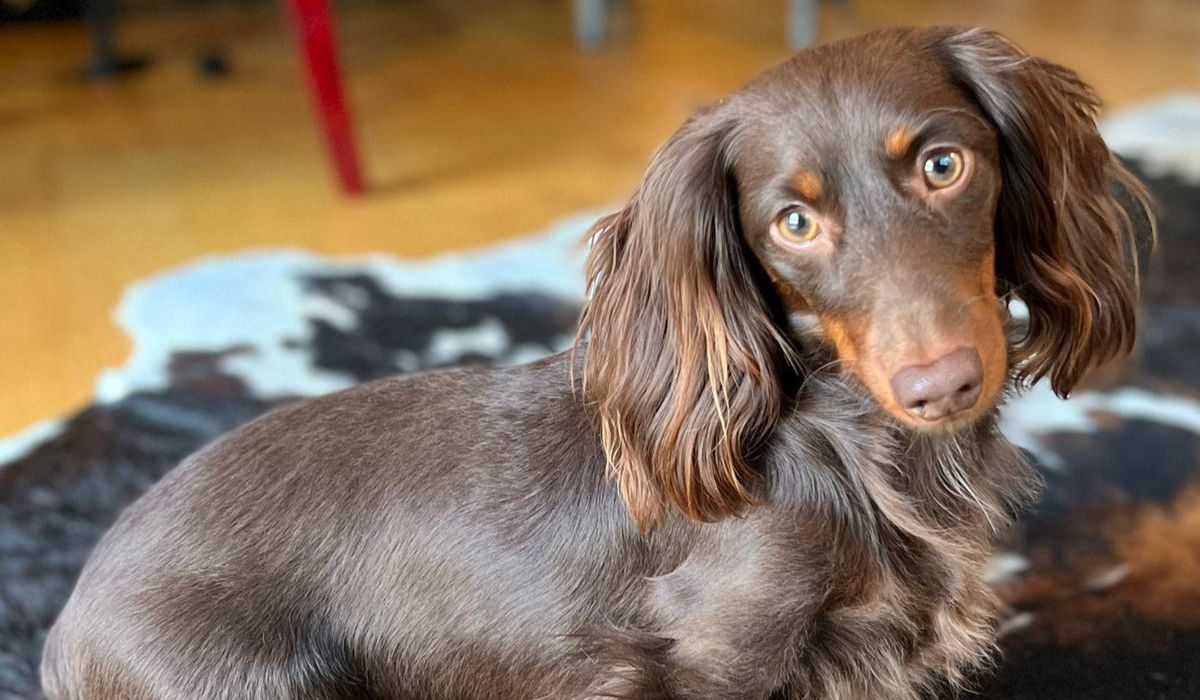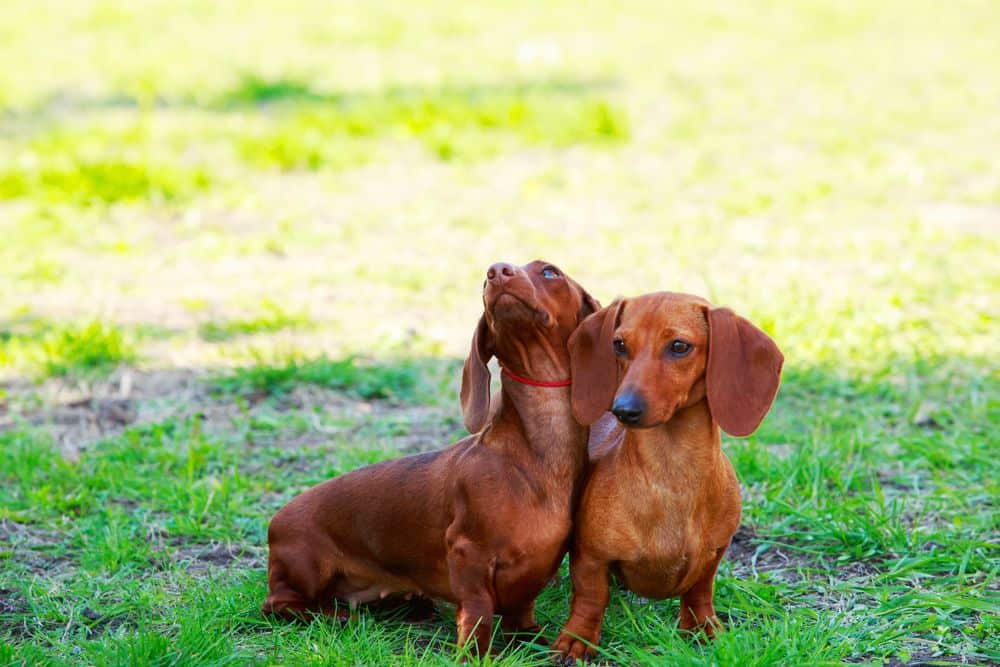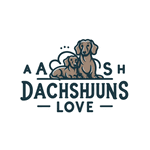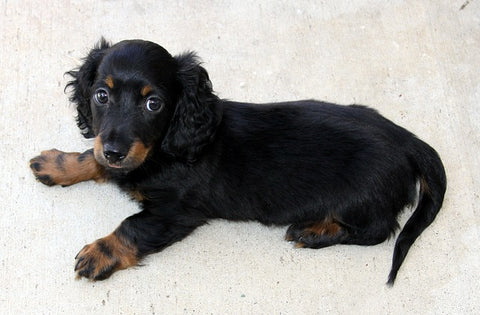The dachshund, often affectionately called a “wiener dog,” is a breed that exudes both charm and character. Beyond their amusing appearance, these miniature hunters carry a rich history, a captivating personality, and a loyal spirit that has made them cherished companions for centuries. Understanding a dachshund’s physical attributes isn’t just about admiring their cuteness; it’s about appreciating the traits that define their unique abilities and endearing quirks.
Contents
Dachshund Physical Characteristics: A Comprehensive Overview

The dachshund is a small breed, typically weighing no more than 32 pounds and standing between 5-9 inches in height. What sets them apart is their distinctive build and the variety of their coats.
The Distinctive Dachshund Body: Long and Low
The most recognizable feature of a dachshund is their long, low-slung body. Their short, sturdy legs create a unique waddle as they walk, but this build isn’t just for show—it’s an evolutionary marvel. Bred to hunt badgers, their elongated bodies allowed them to navigate burrows with ease, while their short legs offered the strength needed to extract themselves from tight spots.
This specialized physique enhances their tracking and hunting abilities, enabling them to stay close to the ground while pursuing prey. Their muscular legs also contribute agility and power, traits that remain evident despite their compact size.
Beyond their hunting prowess, the dachshund’s body shape adds to their charm. Their distinctive walk and ability to curl into snug spaces make them both amusing and endearing companions.
Dachshund Coat Varieties: Smooth, Wirehaired, and Longhaired
A dachshund’s coat comes in three main types, each with unique characteristics:
- Smooth Coat
Smooth dachshunds have short, glossy coats requiring minimal grooming. The sleek fur provides a soft undercoat for insulation, but these dogs may need extra protection in colder climates. - Wirehaired Coat
Wirehaired dachshunds have a rugged look with a coarse outer layer and a soft undercoat. Regular grooming, including occasional stripping, is necessary to maintain this coat type, which offers better protection from harsh weather. - Longhaired Coat
Longhaired dachshunds boast flowing, silky fur that adds an elegant touch. While beautiful, their coats require consistent brushing to prevent tangles and mats, making them slightly higher maintenance than their counterparts.
Color Variations in Dachshunds: A Spectrum of Hues

Dachshund coats feature a stunning array of colors and patterns, including solid shades like red, black, and chocolate, and patterns like dapple, brindle, and piebald.
Interestingly, coat colors may change as dachshunds age. For example, a vibrant red coat may soften to a lighter hue over time. While all patterns are visually appealing, certain varieties, like dapple, can sometimes carry health concerns, underscoring the importance of choosing reputable breeders when selecting a dachshund.
The Dachshund’s Head: Expressive and Unique

Dachshunds are distinguished by their elongated skulls and muzzles, a feature that enhances their hunting abilities and gives them an endearing, cartoon-like appearance.
Their soulful, expressive eyes convey a wide range of emotions, from curiosity to mischief, captivating anyone who meets them. Complementing their eyes are long, velvety ears that frame their faces, enhancing their overall charm.
Dachshund Size and Weight: Standard and Miniature Varieties

Dachshunds come in two primary sizes:
- Standard Dachshunds
These weigh between 16-32 pounds and stand 8-9 inches tall at the shoulder. Their larger build makes them sturdy and versatile. - Miniature Dachshunds
Weighing no more than 11 pounds and standing 5-6 inches tall, these smaller dachshunds offer a more compact version of the breed while retaining their distinct characteristics.
Although miniature dachshunds may seem more manageable for apartment living, their smaller frames require extra care, as they are more prone to health issues and may not be ideal for homes with larger pets or young children.
Conclusion
The dachshund is a breed like no other. Their long, low-slung body, diverse coat types, expressive features, and size variations make them fascinating to admire and adore. With a rich history and an endearing personality, they have rightfully earned their place as one of the most beloved breeds worldwide. Whether you are a first-time owner or a seasoned dachshund enthusiast, understanding their physical characteristics helps deepen appreciation for these remarkable dogs.

